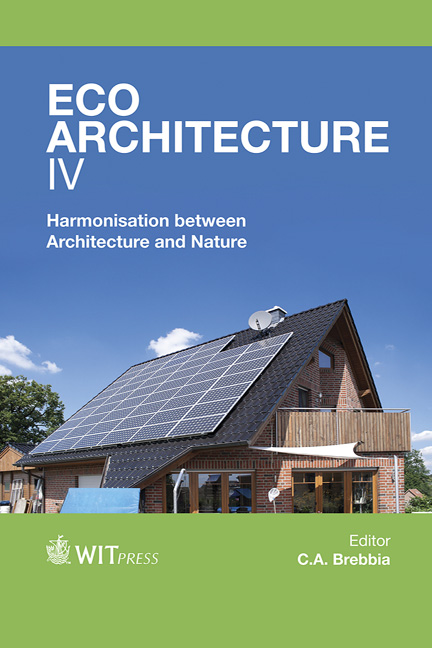New Generation Of Energy Design Tools For Low Impact Buildings
Price
Free (open access)
Transaction
Volume
165
Pages
12
Page Range
63 - 74
Published
2013
Size
440 kb
Paper DOI
10.2495/ARC120061
Copyright
WIT Press
Author(s)
B. Mirani & L. Mahdjoubi
Abstract
The thrust of research in the last decades has sought to develop and enhance lighting and energy simulation tools to achieve low impact buildings (LIB). Recent efforts involved the integration of these simulation tools with computed aided design (CAD) tools to ensure a better adoption of software by the design community. Despite these efforts and the availability of a myriad of tools, emerging evidence suggests that progress in lighting and energy simulation did not have a significant impact on the way designers work to deliver LIB. Design teams still view energy performance goals as a compliance issue that can be addressed later on in the tuning process. This paper reports on a study, which sought to establish the suitability of the level of accuracy, data input and fitness for purpose, for each stage of the design process, of three families of new generations of lighting and energy design tools for LIB. The potentials and limitations of emerging lighting and energy simulation tools to support specific energy design requirements are examined. The implications on research and software development for low impact buildings are also discussed. Keywords: lighting and energy simulation, energy design tools, low impact buildings (LIB), computer aided design (CAD), architects.
Keywords
lighting and energy simulation, energy design tools, low impact buildings (LIB), computer aided design (CAD), architects





